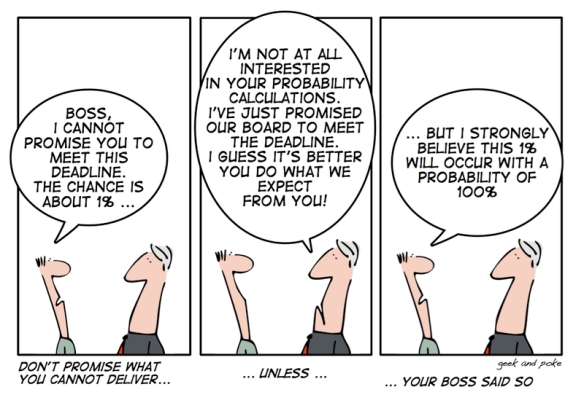The following video shows what might happen to brave communicators, who really do not know how to get their message across the way they want it to be interpreted. Our blogging assignment for this week is to analyze the same message delivered three different ways, and to state how we responded to the message with each type of delivery. I do not believe any animals were really harmed in the making of this video, but proceed with caution because the animals are really cute.
Here is a screen shot of the message text that we saw in an email as shown, then heard in a voice mail message, and finally saw a video clip of a face to face delivery of the message.
 |
| Image Taken From: http://mym.cdn.laureate-media.com/2dett4d/Walden/EDUC/6145/03/mm/aoc/index.html
My first impression of the email message was that the writer, Jane, was facing an upcoming deadline and needed Mark to complete his task and get it to her so that she would meet meet her deadline. I sensed urgency in Jane’s email and that it might not have been the first contact that she had had with Mark requesting an ETA for his report, or more important some data so that she could work on her assignment.
My impression from the voice mail message was that Jane did not want an over the telephone confrontation with Mark, since she called knowing that he was in meetings all day. Perhaps she knew if she talked to Mark, he would have come up with excuses, or maybe he talks a lot and she did not want to waste time, but wanted to get right to the point of what she needed him to do.
The face to face conversation seemed like the best way for Jane to let Mark know what she needed. The fact that she was standing up looking over the cubicle wall led me to believe that he was sitting at his desk and available to listen or to respond. Also Jane got right to the point, and she did not appear angry or upset, but seemed to be understanding Mark's work load when viewing her body language. She delivered the message to Mark in a calm manner. She did not demand that he hand over the information right away, but gave him some breathing room by allowing him to send the data to her by email.
The factors that influenced how I perceived the messages include my own communication strategies. Often times I will send an email because I can BBC copies to either myself, or someone with more authority who I want to document my communication with, or to another interested party. I also use email when I do not want to be on the telephone for a long amount of time, or have the time to meet with the person face-to-face. Often times in my emails I ask to set up a time when we can talk over the phone, or meet face to face (including the amount of time I need).
I do not like to waste time talking on the telephone at work, so I might do what Jane did, and leave a detailed message, so that I am not interrupted when there is something important that I can leave in a 1-2 minute message. That way the listener can choose how he or she wants to respond, and we do not get side tracked.
When Jane met with Mark face to face it did not seem that she caught him off guard, and when I need to discuss something with a colleague face to face, I will stop by to see if they are in their office, or call first to see if it is okay to stop by before showing up. I will not show up at a colleague’s desk and demand something from them at that moment. They usually know what I need prior to my visit.
Authors Portney, Mantel, Meredith, Shafer, Sutton, & Kramer write about formal and informal communication in Chapter 10 of their book (2008). All of Jane’s messages were of an informal nature, but for documentation purposes the email would have been the better in my opinion. I would have also kept a log of the voice mail message, and the face to face conversation. By the nature of the content of the message I would hope that Mark was aware of his responsibilities as part of the project team, and that he was in the communication loop for updates to project deadlines (Portney et al, 2008).
These three forms of communication with the same message have shown the importance of all team members being aware of their role on the team and the sequencing of tasks along with due dates (Portney et al, 2008). There should also be some line of leadership, so that individuals on the same team can avoid confrontations with each other and keep a working relationship in tact (Portney et al, 2008).
References
Laureate. (n.d.) The art of effective communication. [Multimedia Program]. Retrieved from http://mym.cdn.laureate-media.com/2dett4d/Walden/EDUC/6145/03/mm/aoc/index.html
Portny, S. E., Mantel, S. J., Meredith, J. R., Shafer, S. M., Sutton, M. M., & Kramer, B. E. (2008). Project management: Planning, scheduling, and controlling projects. Hoboken, NJ: John Wiley & Sons, Inc.
Reputeagency. (2010, October 5). A guide to effective communication. [Video file] Retrieved from https://www.youtube.com/watch?v=JwjAAgGi-90
|

